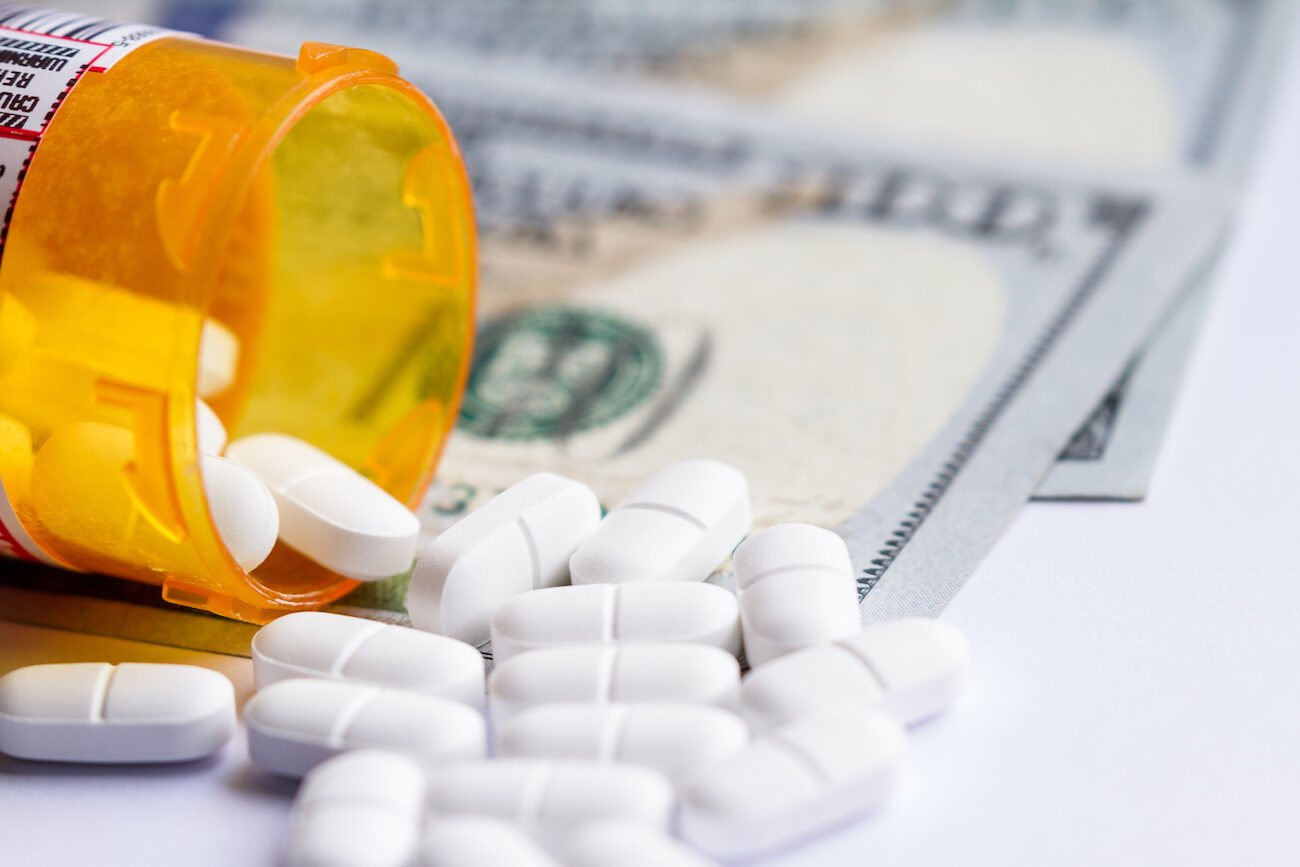© 2025 CSRXP- All Rights Reserved

SECOND OPINION: THE RELATIONSHIP BETWEEN BIG PHARMA’S PRICE-GOUGING AND BLOCKBUSTER SPENDING ON DIRECT-TO-CONSUMER ADVERTISING
Dec 8, 2023
Greater List Price Transparency Will Help Deter Big Pharma’s Egregious Pricing Practices and Arm Patients and Providers With Critical Information
A recent Forbes column criticizing the Drug-Price Transparency for Consumers Act (DTC Act) misses the key value of this bipartisan solution and the relationship between Big Pharma’s price-gouging and the industry’s blockbuster spending on direct-to-consumer (DTC) advertising.
The DTC Act, sponsored by U.S. Senators Richard Durbin (D-IL) and Chuck Grassley (R-IA), would require Big Pharma companies to disclose the price of their products in advertising targeted directly to consumers. This bipartisan solution would serve as a deterrent to Big Pharma’s egregious pricing practices by shining a light on the worst offenders. Being able to see a product’s price would also provide patients with useful information as they engage in discussions with their providers about the best treatment options for their individual health care needs.
“Each year, the pharmaceutical industry spends $6 billion in direct-to-consumer drug advertising to fill the airwaves with ads, resulting in the average American seeing nine direct-to-consumer ads each day,” Senator Grassley explained during a joint call for the full U.S. Senate to advance this bipartisan solution with Senator Durbin. “Studies show that these activities steer patients to more expensive drugs, even when a lower-cost generic is available.”
“Pharma thinks if they pummel you with enough ads, that you will finally learn how to pronounce and spell Xarelto, and you’ll insist to your doctor that this is the one blood thinner you really need,” Senator Durbin said. “Of all the things they mumble and chatter about at the end of these ads, the one thing they never want you to know is how much these drugs cost—the price.”
“[Big Pharma] hate[s] the idea of being open, honest and transparent with the American people about the price of their drugs because they’re afraid it will cut into their profits,” Senator Durbin added.
Get the facts on Big Pharma’s mega-spending on direct-to-consumer advertising and how their marketing of high-priced brand name products goes hand-in-hand with egregious pricing practices:
- Big Pharma Spends Big Dollars on Advertising: The U.S. is one of only two countries in the world that allow DTC advertising for pharmaceuticals. According to a report from the U.S. Government Accountability Office, Big Pharma spends an average of $6 billion on these ads annually. Just last year, that amount surpassed $8 billion.
- Price Hikes and Big Ad Spending Go Hand-in-Hand: For several of the pharmaceutical industry’s best-selling products, Big Pharma repeatedly hikes prices while pushing these drugs to consumers via DTC ads. This combination drives up spending for consumers and the entire health care system. Take Bristol-Myers Squibb and Pfizer’s blockbuster blood-thinning drug Eliquis, for example. The brand name drug makers have spent more than $1 billion in direct-to-consumer advertising on the drug since 2013. Meanwhile, the drug makers have increased the drug’s price by at least six percent per year for ten years. When Eliquis came to market in 2013, it carried a monthly price tag of $250 – but last year, the list price for a one-month supply of Eliquis was $529, more than double when it came to market. There are a number of other examples of Big Pharma spending serious sums to push ads while simultaneously increasing the price of those medications – sometimes more than twice a year.
- Big Pharma Spends More on Advertising Than R&D: Studies have shown that Big Pharma increasingly spends more on advertising than research and development (R&D). One recent study from America’s Health Insurance Plans (AHIP) found that seven of 10 of the largest pharmaceutical companies by revenue spent more on sales and marketing in 2020 than R&D. This demonstrates that the industry is putting more time, effort and money into pushing their biggest blockbusters instead of investing in new, innovative treatments.
- DTC Advertising Can Lead to the Overutilization of Expensive, Older Meds: As the Forbes piece acknowledges, DTC advertising can contribute to “the (over)use of higher-cost drugs over generics and less expensive alternatives,” which can lead to increased spending on prescription pharmaceuticals. In fact, one research paper the author of the Forbes piece cited in the past found that advertising spending on drugs considered having “high therapeutic value” accounts for fewer than one-third of all DTC pharmaceutical advertisements. As the paper states, “[d]irect-to-consumer advertising is associated with use of higher-cost drugs over generics and less expensive alternatives.”
Lawmakers should pass this critical bipartisan reform as well as other market-based solutions to hold Big Pharma accountable and lower prescription drug prices.
Read more about the Drug-Price Transparency for Consumers Act HERE.
Read more about how Big Pharma spent $8 billion on DTC ads last year HERE.
Read more about how Big Pharma has spent billions of dollars on advertising its blockbuster products while simultaneously hiking prices on those products HERE.
Learn more about market-based solutions to hold Big Pharma accountable and lower prescription drug prices HERE.
